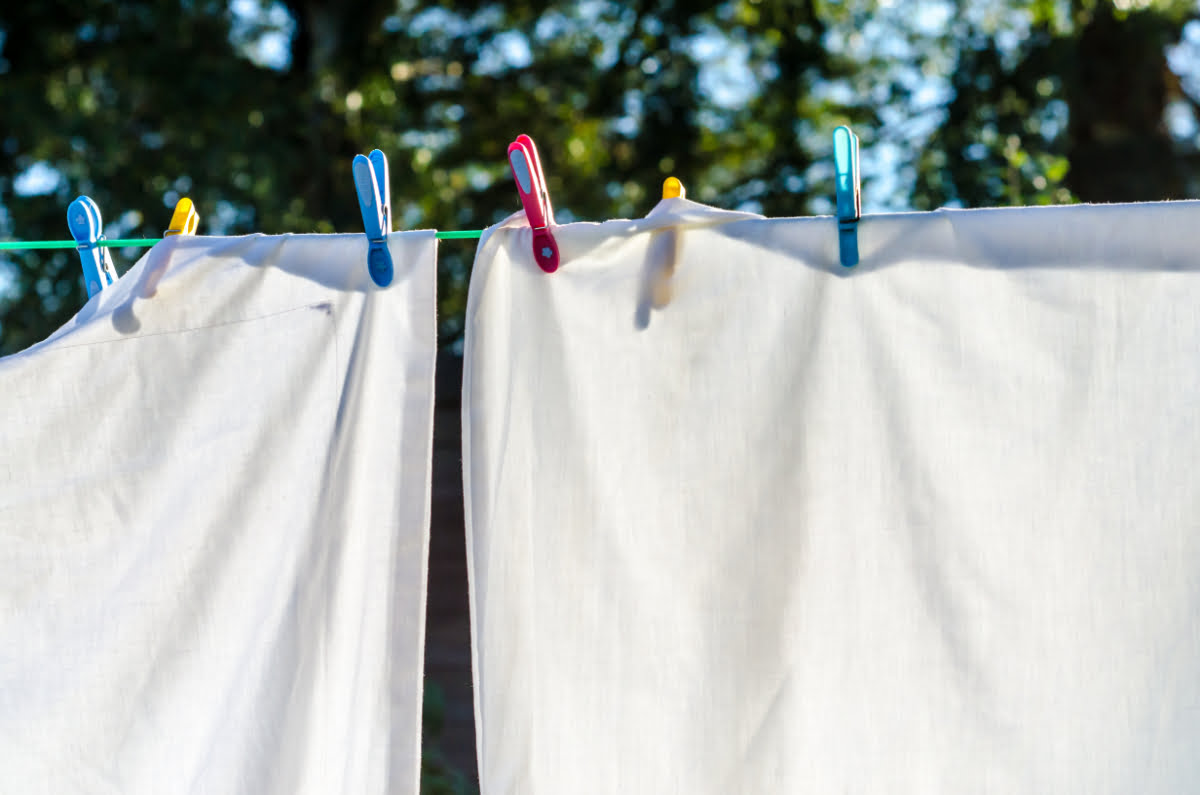If you’re beginning to sweat during the night and waking up to damp bedding due to the rising temperatures here in the UK, it’s a good sign that you should change your sheets more frequently.
While most people wash their bedding every two weeks, some stick to a weekly routine, others wait a month, and a few go even longer – which isn’t ideal for your health! Neglecting regular sheet changes can contribute to the spread of bacteria and worsen health issues like allergies and asthma.
The Good Housekeeping Institute recommends changing your sheets at least every two weeks. However, if you sweat during the night or have allergies, weekly changes may be necessary.
Here are four clear signs it’s time to change your sheets more frequently:
- You Sweat at Night
Excess sweat can cause a build-up of bacteria, which can irritate the skin, especially for those with sensitive skin. Be sure to wash your pillowcase as well, as dirty pillowcases collect oil and dirt, clogging pores and causing acne.
- You Have Dust or Pollen Allergies
Dust mites thrive in bedding, feeding on dead skin cells. Their droppings can aggravate allergies and asthma, leading to symptoms like sneezing, coughing, and eczema. If you have allergies, frequent washing of your sheets is crucial.
- Your Pet Sleeps in Your Bed
While sharing your bed with a pet can offer comfort, it can also introduce allergens and increase the risk of illness. Pet hair, dander, and dirt contribute to the buildup of bacteria, which can aggravate allergies and asthma.
- You’ve Been Ill
When you’re sick, your body produces sweat and germs, which cling to your sheets. To avoid reintroducing illness, wash your bedding as soon as you’re feeling better.
Bedding Care Tips
When you change your sheets, wash them at a high temperature (60°C is ideal) to kill bacteria, dust mites, and their droppings. Dry your sheets in the sun if possible – the UV light will kill microorganisms.
In the morning, turn back your bedding to air the bed and reduce humidity levels, preventing dust mites from thriving. Don’t forget to vacuum thoroughly under and around the bed for a cleaner, healthier environment.
Additional Tips for Bedroom Hygiene
- Mattress: Replace your mattress every 7 to 10 years to maintain sleep quality. Since we lose half a pint of fluid each night and shed a pound of dead skin cells each year, dust mites thrive in old mattresses.
- Pillows: Change your pillows every 2 to 3 years, and wash them every three months. Unwashed pillows can accumulate skin scales, mold, and dust mites, which can trigger allergies and asthma.
There’s nothing quite like the feeling of slipping into fresh, clean sheets. Make it a regular part of your cleaning routine for better sleep and overall health!






0 Comments